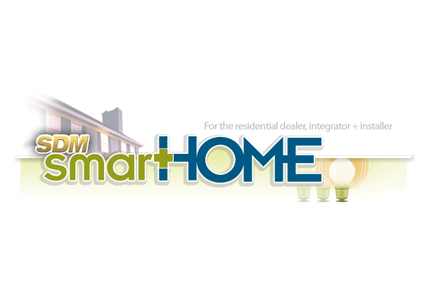Shipments of home automation systems will total about 1.8 million worldwide this year. And, according to ABI Research of Scottsdale, Ariz., that will set to rise sharply soon, exceeding 12 million in 2016.
This robust growth is the result of standards-based, “no new wire” wireless and powerline technologies such as ZigBee that drive down system costs and expand the addressable market.
There is also considerable innovation. One example: Google’s recently-launched Android@Home Framework, essentially a middleware layer sitting on top of the newest Android OS. The framework provides APIs to enable devices such as light switches and consumer appliances, to be discovered and connected to a central home automation application and controlled via smartphone. A key aspect of the announcement is a proprietary low-power wireless communications protocol to support device connectivity in cases where Wi-Fi is not available or practical.
But, contends ABI practice director Sam Lucero, “Talk of Android@Home as a ZigBee killer (or Z-Wave killer, etc.) largely misses the point. The wireless protocol along with the framework seems positioned almost as an afterthought. ABI Research believes it more directly targets as competition for the software now being provided by vendors such as Control4, Motorola Mobility (via its 4Home acquisition), iControl, and others.”
However, Lucero notes, these incumbent vendors themselves are engaged in consolidation and partnership development, meaning that Google is now up against the likes of AT&T (Xanboo), Motorola (4Home), iControl (original iControl + uControl), Control4 (Cisco), and Honeywell, rather than the set of small start-ups it would have faced three or four years ago.








